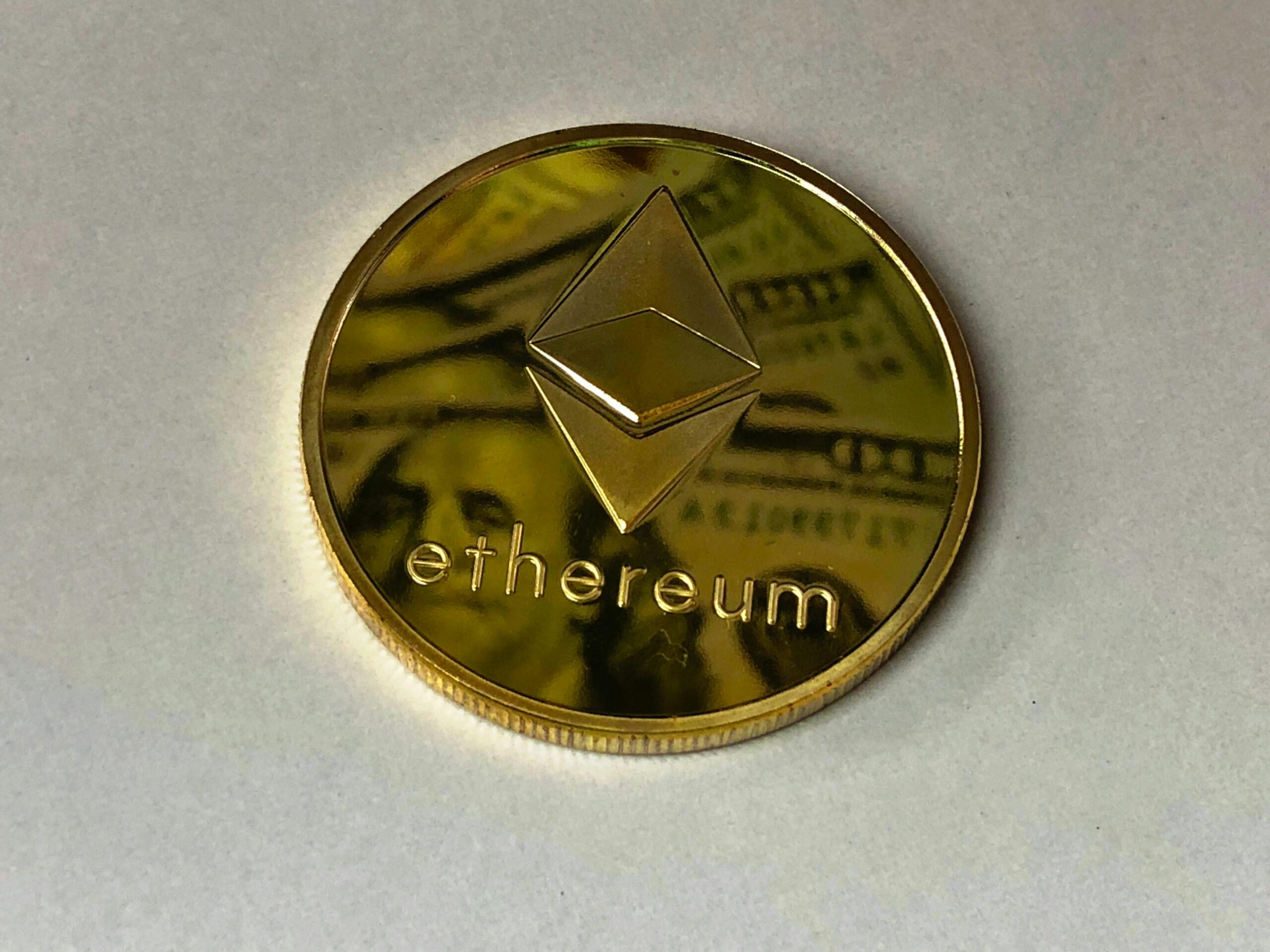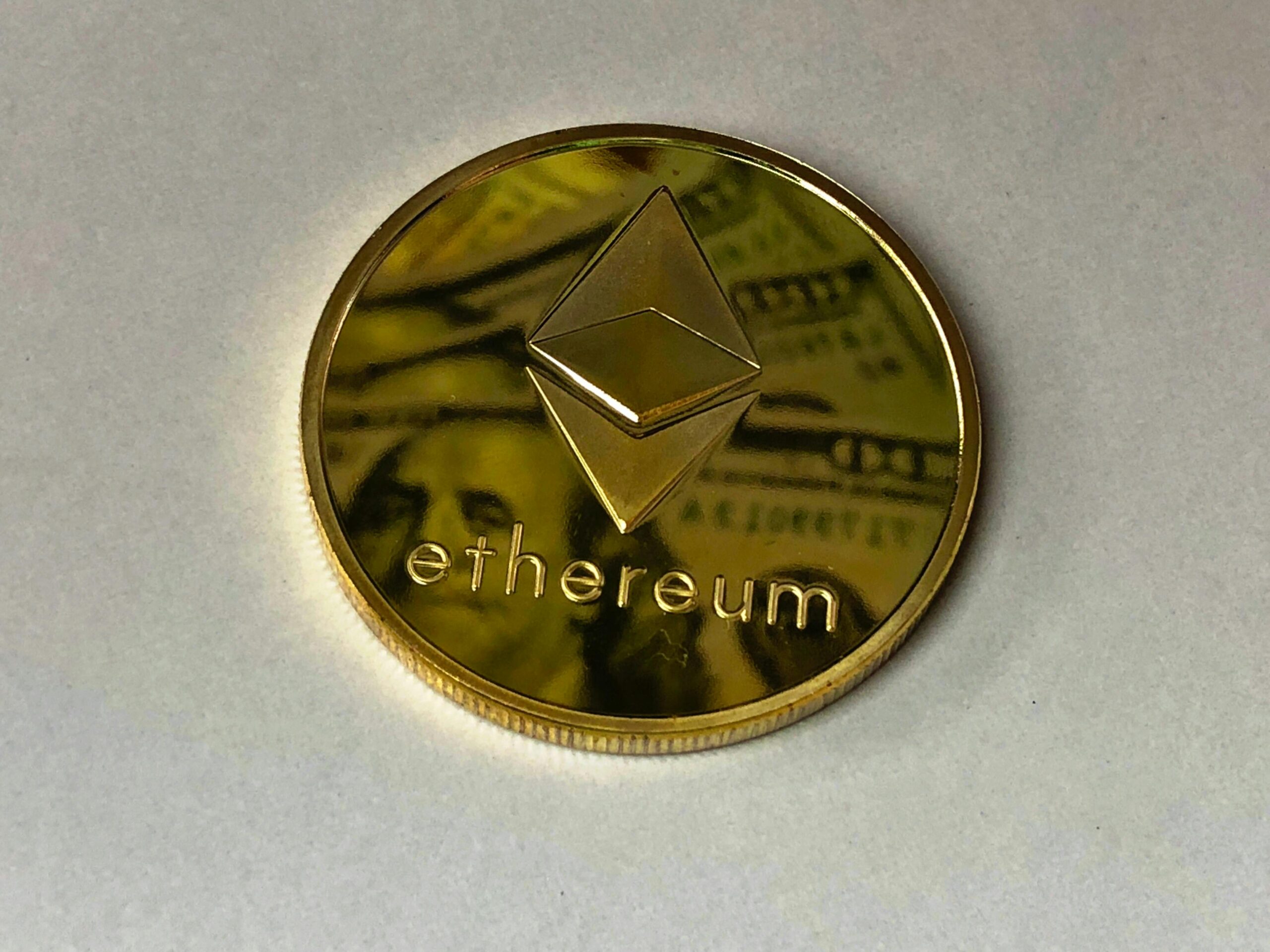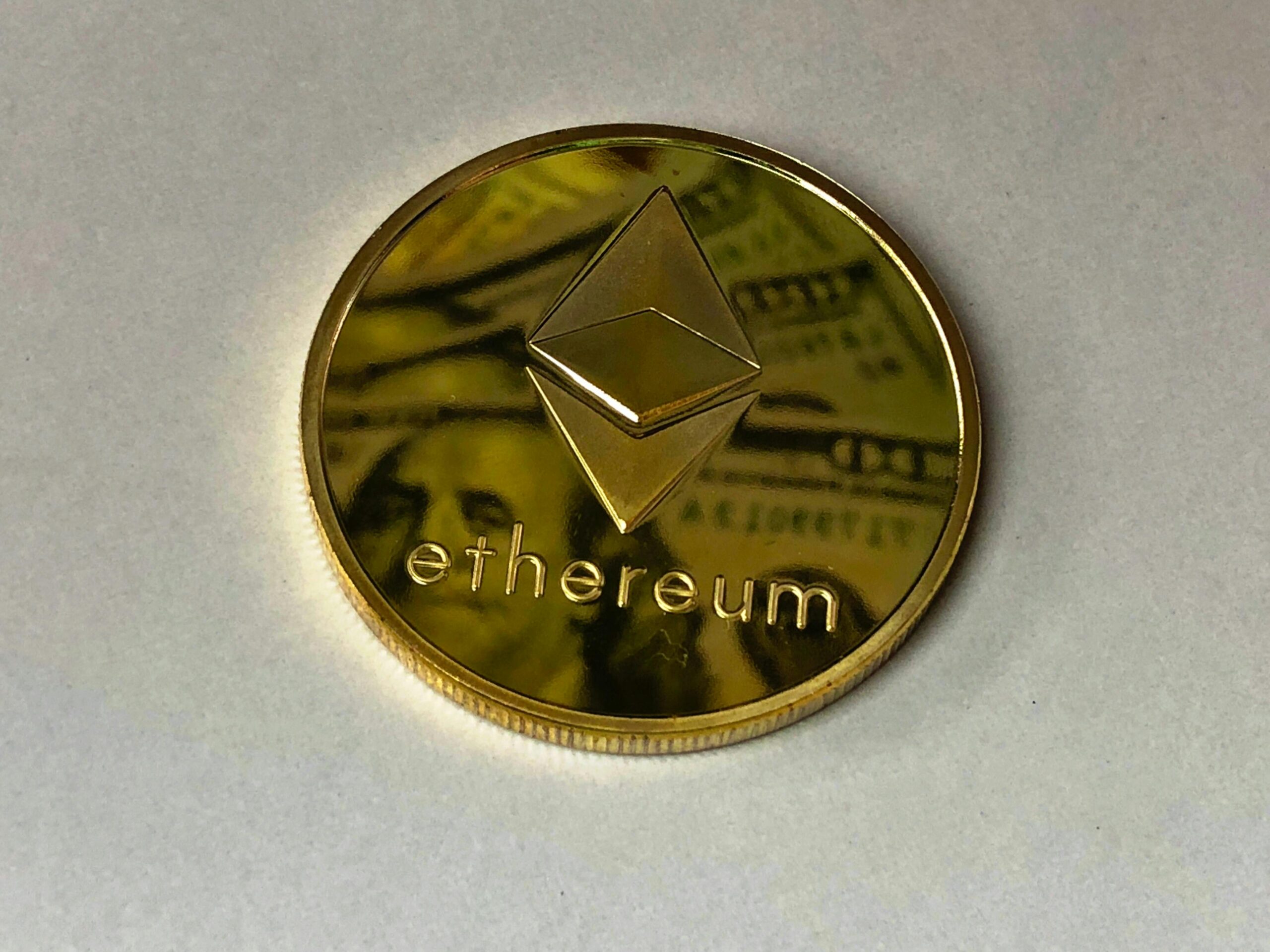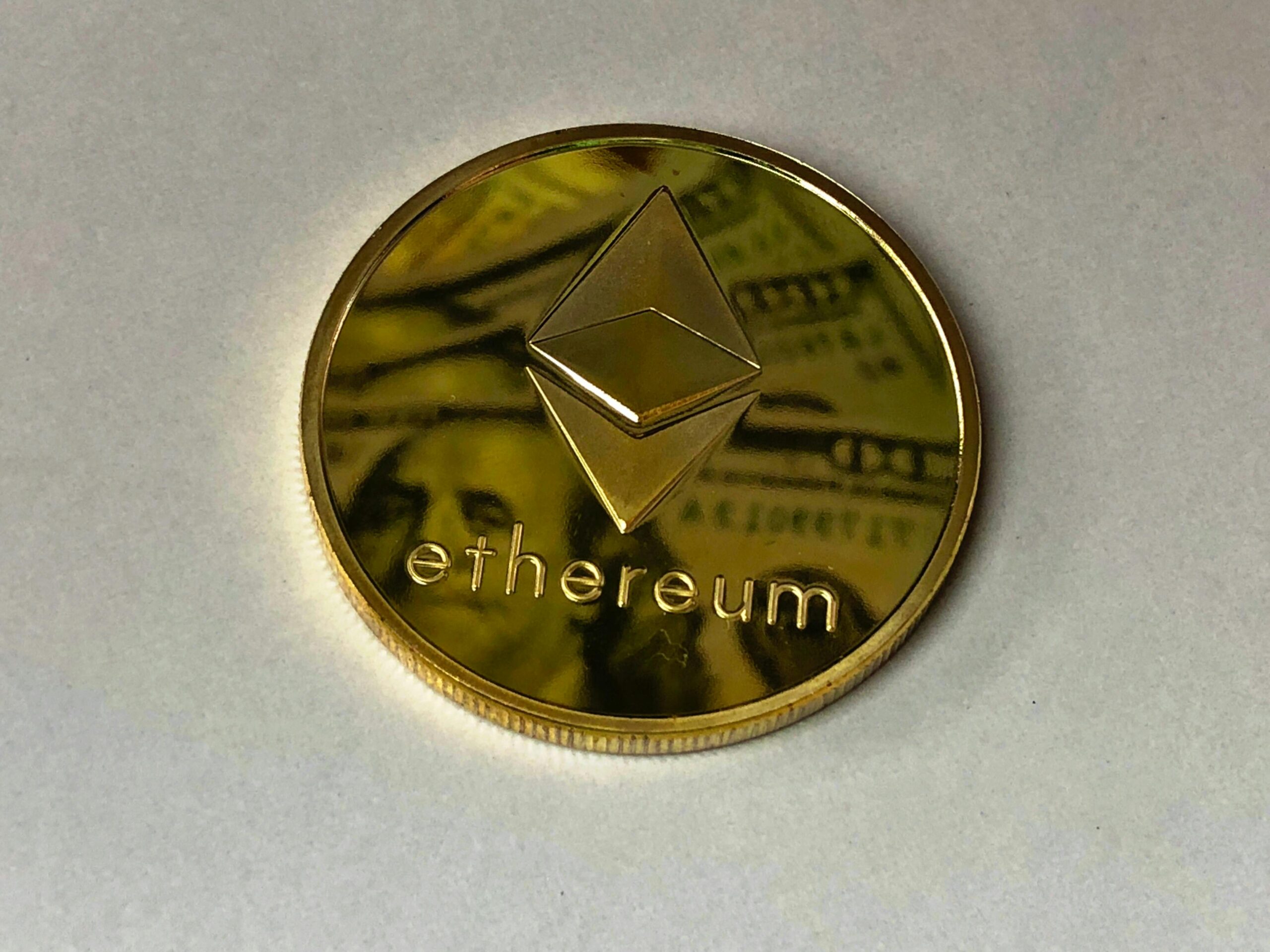
As we dive deeper into the world of blockchain and cryptocurrencies, I’m excited to share with you one of the most fascinating applications that’s been making waves in recent years: DeFi, or Decentralized Finance.
So, what exactly are DeFi applications? In simple terms, DeFi refers to a set of financial services and tools that operate on top of blockchain technology, allowing users to access traditional financial products and services in a decentralized manner. Think lending, borrowing, trading, and investing – all without the need for intermediaries like banks or governments.
Now, you might be wondering why we need DeFi applications when we already have traditional financial systems. Well, here’s the thing: our current financial infrastructure is riddled with inefficiencies, gatekeepers, and rent-seekers who stifle innovation and limit access to financial opportunities. Traditional finance is also notoriously opaque, making it difficult for individuals to track their assets or even verify transactions.
This is where DeFi comes in – by leveraging blockchain’s inherent transparency, security, and decentralization, we can create an entirely new paradigm for financial services that’s more inclusive, efficient, and equitable. Imagine being able to lend your assets directly to others without needing a bank as an intermediary, or being able to invest in high-yield opportunities without having to navigate complex regulatory hurdles.
One of the earliest and most prominent DeFi applications is lending protocols like Compound and Aave. These platforms allow users to deposit their cryptocurrencies into a pool, which can then be borrowed by other users at interest rates determined by supply and demand. This has opened up entirely new revenue streams for crypto holders who previously had limited options for generating returns on their assets.
Another significant DeFi application is decentralized exchanges (DEXs) like Uniswap and SushiSwap. DEXs enable users to trade cryptocurrencies directly with each other, cutting out the need for centralized exchanges that often come with hefty fees, security risks, and regulatory uncertainty. By facilitating peer-to-peer trading, DEXs have unlocked a new era of liquidity provision and price discovery in crypto markets.
But DeFi’s impact extends far beyond these examples. We’re seeing the emergence of stablecoins like USDT and USDC, which peg their value to fiat currencies and enable users to hedge against market volatility or transfer funds without worrying about wild price swings. Then there are prediction markets like Augur, which allow users to bet on real-world events – think sports games, election outcomes, or even the weather.
And let’s not forget decentralized finance aggregators like Yearn.finance, which pools liquidity from various DeFi protocols and offers users a single interface for accessing multiple financial services. It’s like having your own personal financial assistant at your fingertips!
As you can see, DeFi applications are exploding in diversity and innovation. But with great power comes great responsibility – we need to acknowledge the risks that come with these new financial systems. Smart contract vulnerabilities, regulatory uncertainty, and market volatility all pose significant challenges for DeFi’s continued growth.
So what’s next? As this space continues to evolve, I predict we’ll see more emphasis on user-friendliness, scalability, and security. We need more intuitive interfaces that make it easy for non-crypto natives to access DeFi services, as well as robust infrastructure that can handle the demands of mainstream adoption.
Regulatory clarity will also be crucial – governments and institutions are starting to take notice of DeFi’s potential, but we need clear guidelines on how these systems should operate within existing frameworks. And let’s not forget about education: as more people enter this space, it’s up to us as a community to ensure they understand the risks and rewards.
In conclusion, DeFi applications represent a seismic shift in how we think about financial services. By harnessing blockchain’s decentralized ethos, we can create systems that are more accessible, resilient, and innovative. But with these opportunities come challenges – let’s work together to build a future where DeFi can thrive and bring value to users worldwide.
As your teacher, I want to leave you with some advice: get involved in this space, but do it responsibly. Experiment with different DeFi applications, read up on the latest developments, and engage with others who share your interests. And most importantly – never stop learning!












